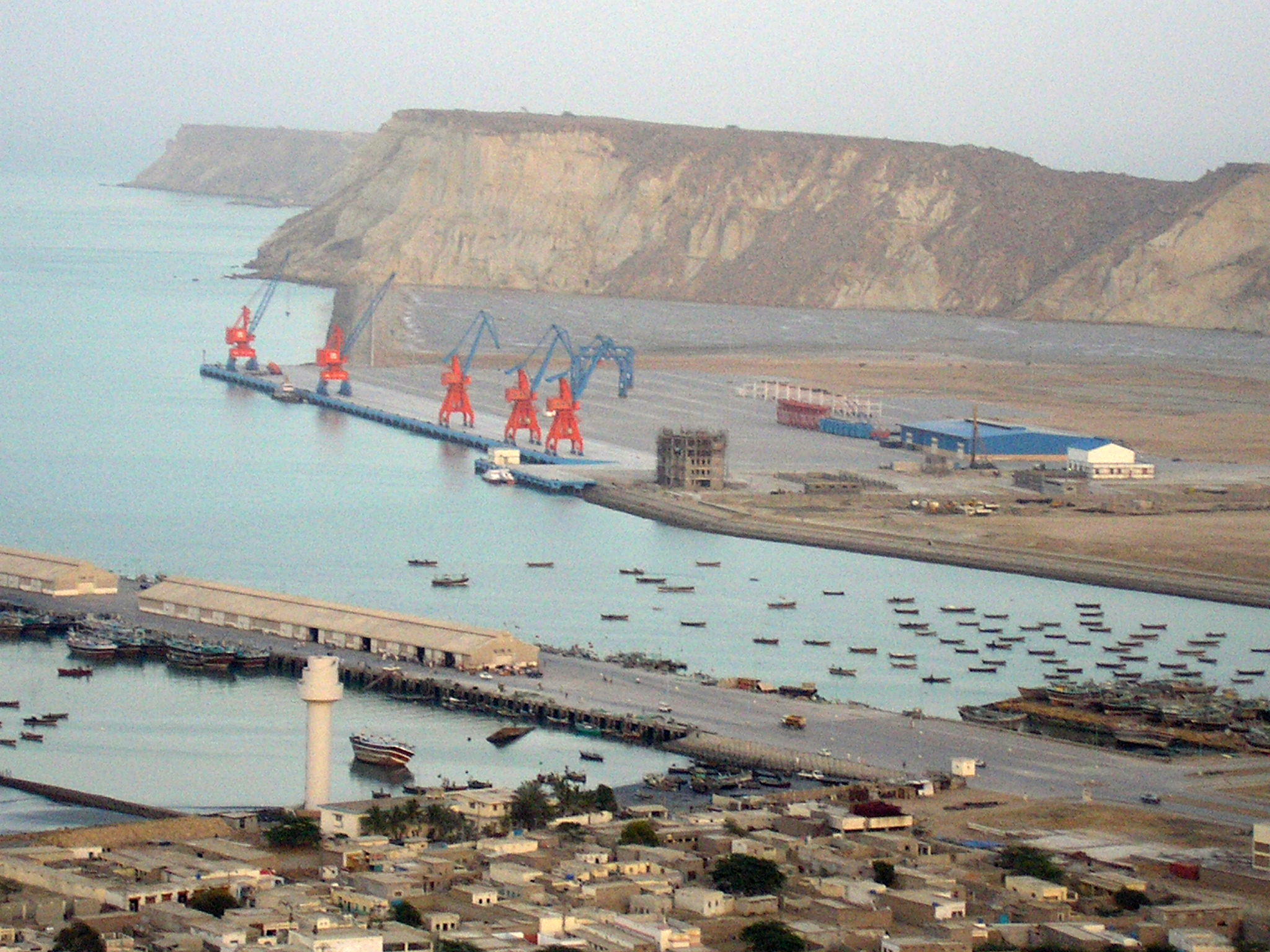By Zamir Awan /Oriental Review/ – Gwadar is the future hub of commercial activities. It will change the traditional trade routes and trade patterns. New trading partners will emerge and will bring prosperity to the whole region. Gwadar will be proved as “The Port of Future.”
The Gwadar is the deepest seaport in the world, situated on the Arabian Sea at the entrance of straight of Hurmuz. It is the passage of 70% of world energy – oil and gas. The Middle East is a source of Energy – Oil & gas and meets 70% of world demand. In return, the Middle East the largest destination of global exports of all major industrial and agricultural nations. Middle-East heavily depends on imports and relies on imports fr almost everything. The oil and gas-rich nations are spending lavishly and import almost all luxury products from the developed world.
Gwadar is considered a link between the Belt and Road Initiative and the Maritime Silk Road projects. It is about 170 kilometers to the east of Chabahar Port in Iran, and 385 KMs from Muscat Oman, only 700 KM from UAE. Its strategic location will make a difference in future geopolitics.
Gwadar’s potential to be a deepwater seaport was first noted in 1954, and development work was inaugurated by Pervez Musharraf in 2007. In 2015, it was declared that the city and port would be further developed under CPEC at the cost of $1.62 billion to link northern Pakistan and western China to the deepwater harbor. The port will also be the place of much-needed floating imported-liquefied natural gas facility built as part of the more massive $2.5 billion Gwadar-Nawabshah segment of the imported-gas pipeline project. Building and development began in June 2016 on the Gwadar Special Economic Zone, which is being built on a 2,292-acre site adjacent to Gwadar’s port. In late 2015, for rapid development, the port was officially leased to China for 43 years, until 2059. China has shown interest in developing it on the same lines as Shenzhen; China is a success story of turning a small fishermen village into a dynamic metropolitan. Based on Shen Zhen’s experience, it is believed that the Gwadar will develop faster and better than Shenzhen.
The government of Pakistan has introduced incentive-based flexible policies to make Gwadar an international Freeport. Gwadar Port became formally operational on 14 November 2016, when it was inaugurated by Pakistan’s Prime Minister Muhammad Nawaz Sharif; the first convoy was seen off by the then Pakistan’s Chief of Army Staff, General Raheel Sharif. On 14 January 2020, Pakistan operationalized Gwadar Port for the Afghan transit trade.
Belt and Road mega initiative of China (BRI) will connect 40 regional-countries, generating a 2.4 trillion dollar GDP rising at 7% a year, conferring to The World Bank report. Gwadar is the deepest port globally, with 150 berths, connecting China, Central Asia, East Asia, South Asia, Eurasia, Russian, with warm waters on the Arabian Sea, which will provide unlimited opportunities for the whole region in their journey toward prosperity. It connects Africa and Europe too.
Although China is developing the Gwadar port, but many other countries have consented to invest in Gwadar, including Russia, Saudi Arabia, UAE, Kuwait, Qatar, Japan, Korea, Malaysia, Iran, Turkey, and some of European countries & America.
China is a major oil-consuming nation. It consumes 10.3 million barrels a day of oil. And the irony is that it imports this amount from several different routes. 51% of its oil is imported, passing through The Straits of Malacca through the Middle East. 82% or about 400 million dollars, of this 51% of the oil takes a long time to reach the refineries, mainly in Shanghai. Almost 120 days turnaround time for the refineries to collect their money after the entire process is over and the oil is shipped. With Gwadar Port, the total journey time will be 28 days until the oil reaches the Chinese refineries. In financial terms, it means that Gwadar alone can handle $60 billion of oil imports a year. It is only for oil, yet the total magnitude of over-all trade will be much more than this figure.
The Western-part of China bordering Pakistan is an autonomous region of Xinjiang whose GDP is at 1 Trillion Yuan growing upward historically at an unprecedented 11% annually. This robust economy bordering Pakistan with a road network of BRI connecting 40 different regional nations, including Pakistan, will create an estimated 2.4 trillion dollar economy. Iran now has joined the BRI family with an estimated investment of $620 billion over 25 years; trade and investment deal with China may grow further. Iran is our brotherly neighbor and will be connected to the rest of the world through the Gwadar Port.







